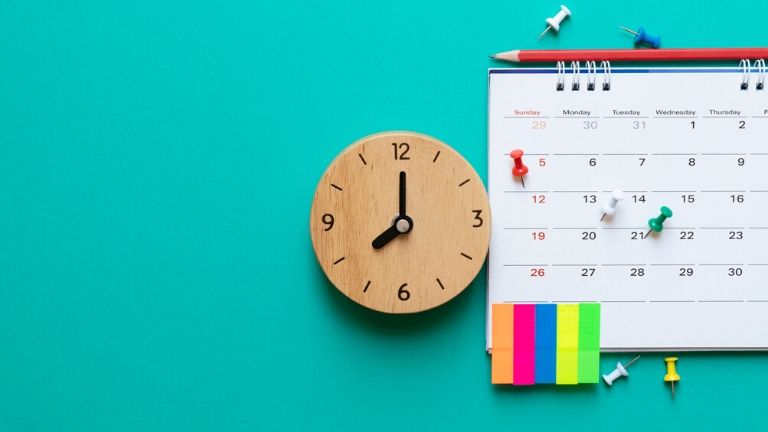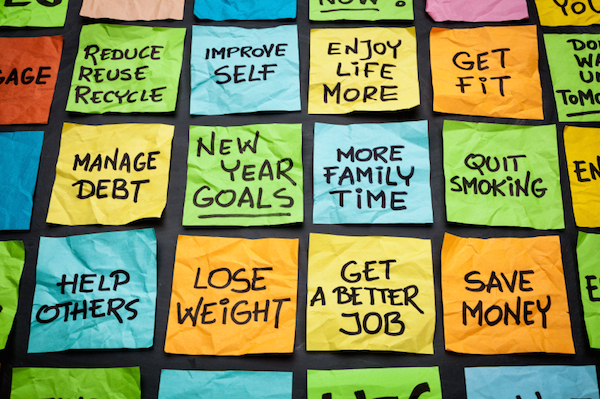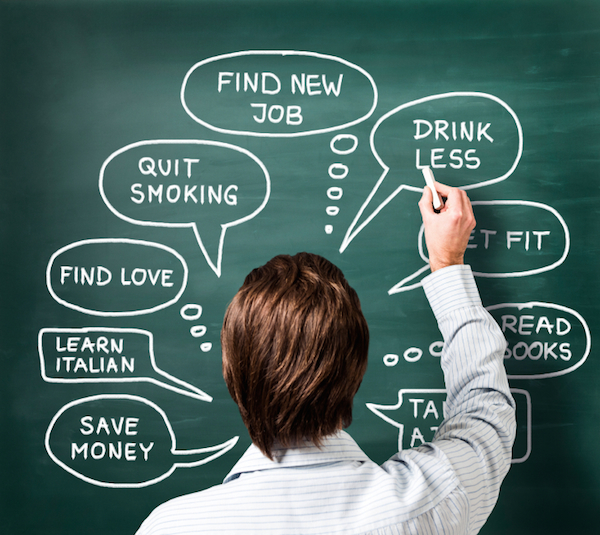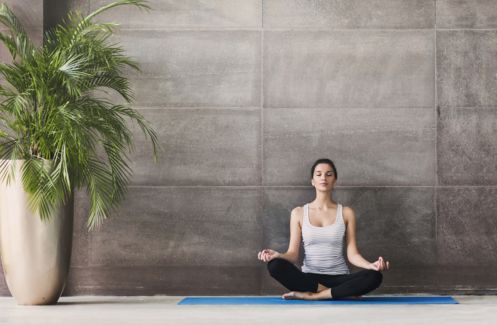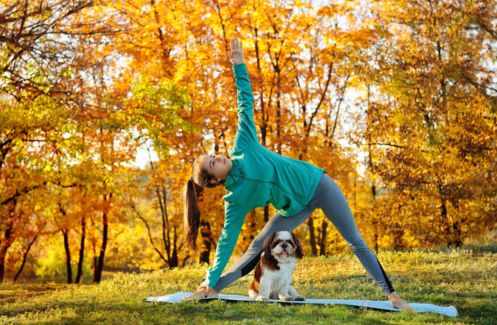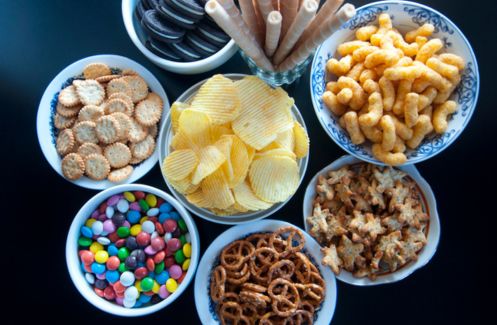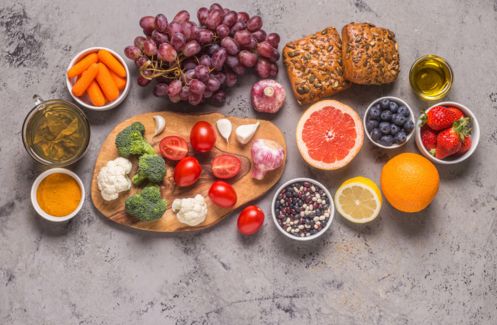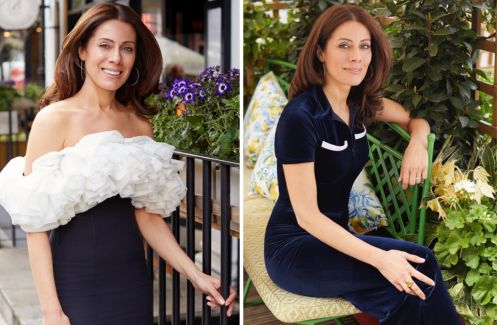Tried and failed in the past to keep those best laid plans to get healthier, richer or happier? Charlotte Watts has a practical plan to help you plan smart resolutions this New Year
So you’ve identified that area, situation or action that you felt ready, willing and able to change, but there may just be that sneaking feeling that your New Year’s resolution has an expiration date.
If you don’t quite trust that not relying on sugar or alcohol to get you through times of stress could be forever, delving a little deeper into how the change feels could make this stage the beginning of a new way of life.
By really paying attention to how we progress through biochemical, practical and mental adjustment we can understand our patterns and not fall back into old, knee-jerk habits.
There is a way of looking at the stages we go through to imprint a new habit successfully that can help us see where we are now and what we need to do to move forward and really make new habits stick.
Stage 1: Preconception
Remember back when you were completely innocent of the possibility of this particular change? Maybe before you noticed your coffee intake was related to your snappy mood or that the biscuit habit had crept on the middle pounds.
Those were the days you just got on with ignorant bliss and although that sounds pretty free, it can come with an uneasy, underlying sense that we’re not quite in control…
Stage 2: Conception
This was the bit where you said, ‘by golly, I could change that!’ and it began to seem possible. This ‘eureka moment’ can seem a little scary as the realisation hits that this change to feel (or look) how we want to is going to take time and effort.
Looking after ourselves comes with a sense of responsibility and a level of attention that can be quite tiring in itself, but can also throw up a whole host of conflicting inner voices and feelings as we work our way through what that habit really means; physically and emotionally.
This phase can go on for moments to years, depending on how willing we are to work with these resistances and meet our true needs. If you’re getting on with the giving up, changing or adding in this-or-that to your life, chances are you’re in one of the next two stages of this becoming really embedded.
Stage 3: Preparation
This stage may have come before and really got you to a place where you are ready to shift your lifestyle to a new place. If we’ve fully prepared, modifications can more easily settle in to a new groove; as if we were simply meant to live like this.
If we force the issue before we’re ready it can feel like we’re struggling to hold our new habits in place. New Year can suffer from the latter because it is a defined point in time and maybe the time rather than the readiness has prompted the action.
We can stay in preparation for a long time, maybe reducing sugar in tea before cutting out completely or building up daily exercise towards an ideal for instance.
So if your decided change is feeling so dramatic that it is creating stress, it is not failing to modify to what feels right and build from there. Long-term plans take more strategy and subtlety than a sudden swing from Christmas gluttony to New Year evangelism can sometimes provide.
It is better to reduce sugar in tea gradually and move towards completely progressively, rather than give it up, not like it and just go back to old habits, for instance.
Stage 4: Action
If action happens to coincide with new year, all well and good, but if we’ve somehow pushed it to pull the apple of the tree before it’s ripe, it might not taste that good.
That’s not to say it can’t continue at all, but rather note where any sticking points are or where you need to be more mindful.
This might mean you kind of want to stop that afternoon cake habit, but haven’t quite worked out how to address the raging urges that hit at that time and override all rational plans – yet.
Helping breakfast and lunch to be more sustainable can add in the preparation you need along the way (eating healthily at these meals will reduce sweet cravings in the afternoon); otherwise will-power alone is something we can only sustain for so long before pinging back to old habits that make us feel like we’ve failed.
Stage 5: Maintenance
Here’s the future bit where you keep it going. You won’t always do it and probably never perfectly, but you can say ‘how human of me’ and simply pick up again without the need for self-criticism or judgement.
All of the knowledge gained up to now – from falling off the wagon and getting back on again over and over – feeds into keeping this part fuelled with ideas and practical solutions that you can only learn through trial and error. So be nice to yourself and keep going.
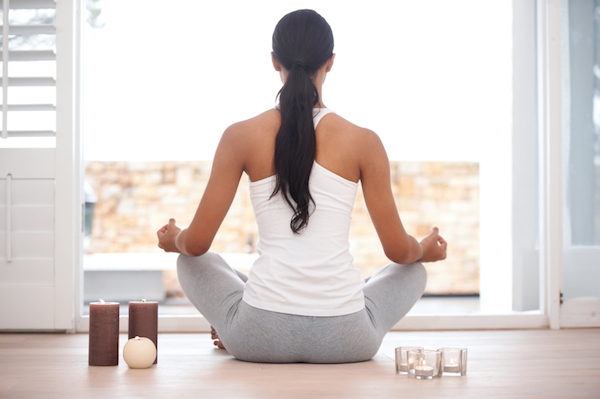
This mindfulness exercise will help your changes stick
Before you examine how your shift makes you feel now, remember back to why you came to this place. Spend a few minutes writing down answers under three headings:
- Why you made this decision
- How the old habit made you feel
- How you would like to feel from now on
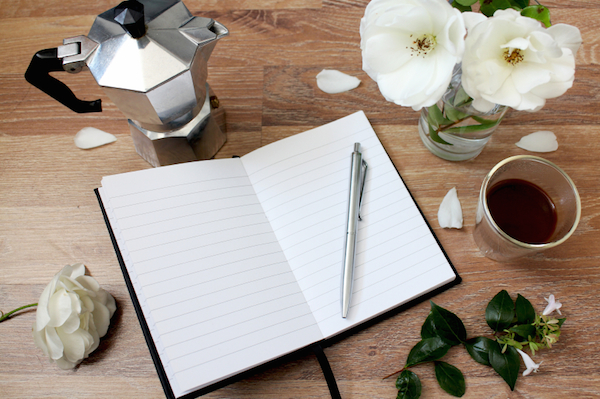
Keep what you’ve written to refer back to when the lure of that glass of wine or piece of cake as soon as you get home from work seems too strong to resist.
Repeat this exercise as often as you need (daily if you need) to remind yourself of why you’re making this change and truly embed how keeping it up has so much more value than letting it slide. Have a notebook and pen handy to be able to jot down feelings without disturbing your connection.
1. Sit comfortably on the floor or a chair and place your hands on your belly. This immediately uses touch to bring us into body awareness and plug into the instinctive part of our nervous system in the gut.
2. Bring your change to mind and rather than thinking about it in words, feel its effects throughout your whole body as you feel your breath moving in and out.
3. Feel the space, calm and softening that can happen in your body when you pay attention and let go of needing anything, except to be noticing your breath. Feel this imprinting as a safe place to be when you feel caught in the grip of compulsive urges.
4. Come gently out of the practice and move to an action, food or movement that feels nourishing and in the direction you want to go in. Breathe and feel an association with inner calm and this new action evolving.

Her practice and teaching of mindfulness weaves these together and has culminated in her new book The De-Stress Effect: Rebalance Your Body’s Systems for Vibrant Health and Happiness.
She has also authored The De-Stress Diet (with Anna Magee) and 100 Best Foods for Pregnancy and 100 Foods to Stay Young.
Vaguely relevant Healthista content:
8 weeks to achieving your goals
Feeling tired all the time? This one minute energy boost will do the trick
Other Healthista content you might like:
5 weight loss secrets PT’s only tell their clients – body transformation week 8
9 benefits of weight training this celebrity PT wants you to know
3 steps to breaking bad habits from a world-class willpower expert
8 sleep secrets from one of the world’s top 5 yoga retreats
Like this article? Sign up to our newsletter to get more articles like this delivered straight to your inbox.



